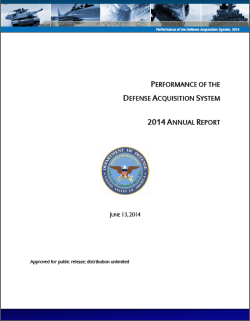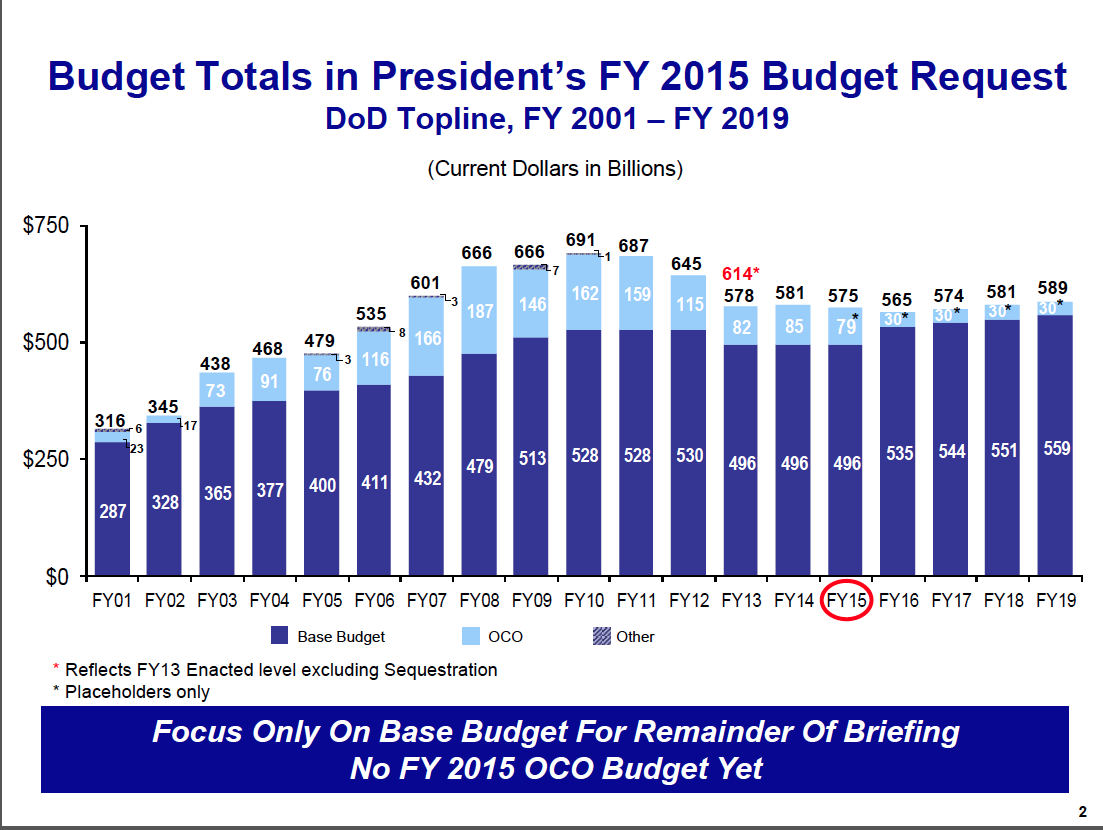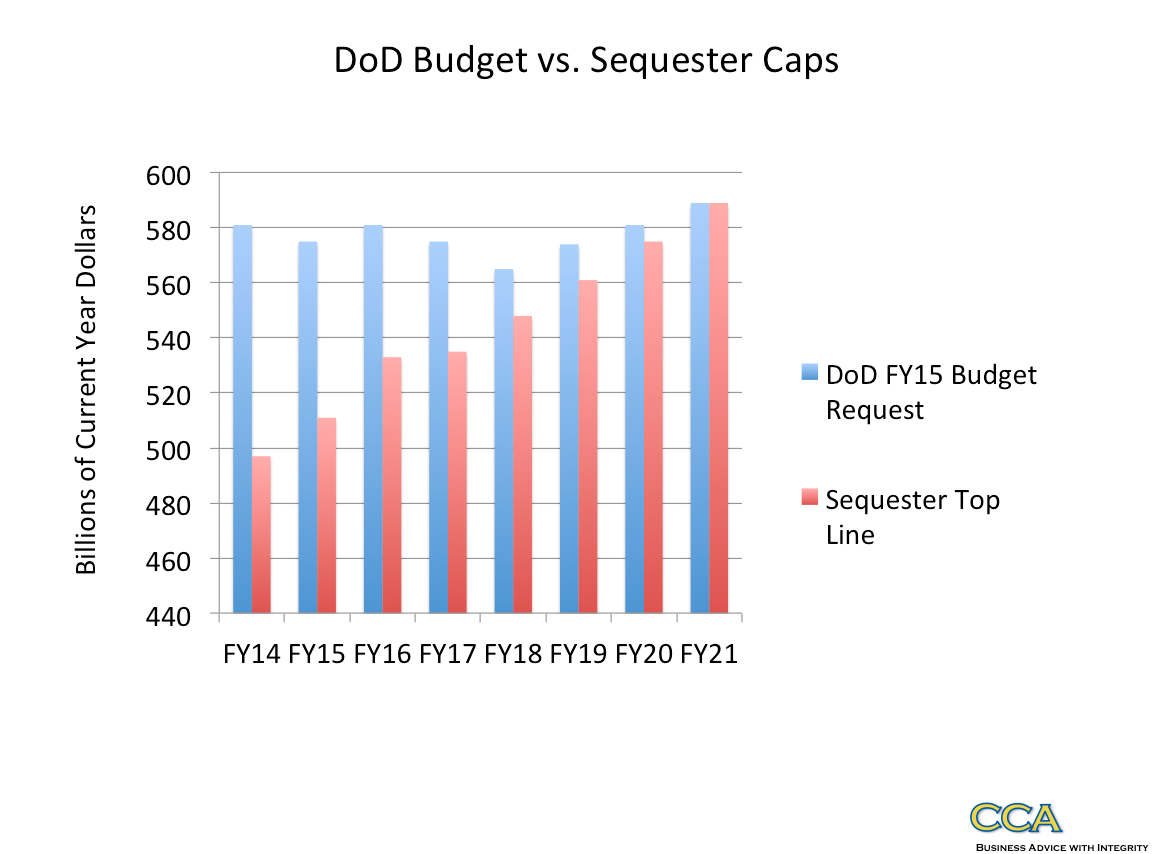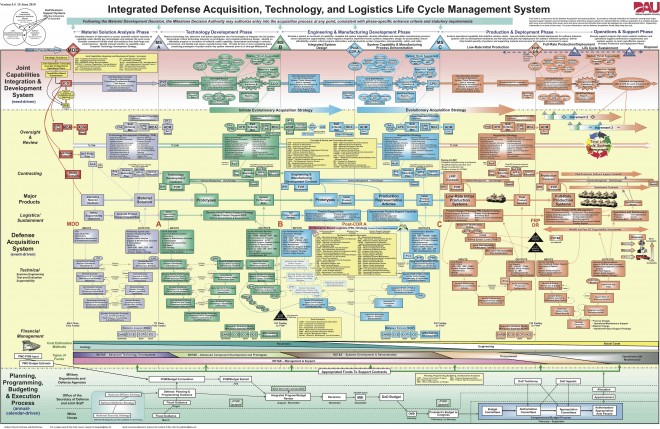I had the honor to participate on a panel recently at an event sponsored by the Reston Chamber of Commerce focused on the challenges faced by small businesses as they become “big” businesses. It was titled, “Breaking the Barrier: Launching Government Contracting Businesses Through the Small Business Threshold.” We discussed a variety of challenges faced by small businesses as they become successful and graduate into the “regular size” world of competition.  a good topic for you small business owners to consider because the Small Business Administration cites unexpected growth as a major reason for small business failure. This is something that CCA has focused on as we developed our market strategy. Take a look at some of my thought on “Breaking the Barrier” on this web site in the Small Business Transition tab. I won’t rehash it here, but in a nutshell, as your business grows and is facing the loss of advantages of being small, you have to think about things differently. That’s what “Breaking the Barrier” is all about……thinking about your business 2 or 3 years from now. As a small business owner the temptation to remain focused on the current task order or the next deliverable is powerful, but you have to pull yourself above the fray and think about the future. That’s hard to do!
a good topic for you small business owners to consider because the Small Business Administration cites unexpected growth as a major reason for small business failure. This is something that CCA has focused on as we developed our market strategy. Take a look at some of my thought on “Breaking the Barrier” on this web site in the Small Business Transition tab. I won’t rehash it here, but in a nutshell, as your business grows and is facing the loss of advantages of being small, you have to think about things differently. That’s what “Breaking the Barrier” is all about……thinking about your business 2 or 3 years from now. As a small business owner the temptation to remain focused on the current task order or the next deliverable is powerful, but you have to pull yourself above the fray and think about the future. That’s hard to do!
I like analogies and being an aviator I frequently rely on my aviation experience to explain things. That’s why I think comparing the small-to-large transition as breaking the sound barrier is appropriate on several accounts.
First of all, breaking the sound barrier just doesn’t happen. It required countless amounts of energy, money, blood, sweat and tears to get Chuck Yeager to nose through the Mach 1.0 barrier in the Bell X-1.  It also took some sophistication because we discovered that more power was not the answer in breaking the sound barrier. Turns out something called the Area Rule is the key to supersonic flight. The Area Rule basically states that in order to go supersonic, an airplane ‘s fuselage must be shaped like a Coke bottle. Who knew? I flew the venerable A-6 Intruder and no matter how hard we tried ( and believe me we tried) we could not hit “the Number.” Breaking the small business barrier also requires more that just “more power (contracts).” It requires the owner to look at his/her business in a different way. How do I need to look when I become a $50 Million business? I guarantee you it’s different from how you look now.
It also took some sophistication because we discovered that more power was not the answer in breaking the sound barrier. Turns out something called the Area Rule is the key to supersonic flight. The Area Rule basically states that in order to go supersonic, an airplane ‘s fuselage must be shaped like a Coke bottle. Who knew? I flew the venerable A-6 Intruder and no matter how hard we tried ( and believe me we tried) we could not hit “the Number.” Breaking the small business barrier also requires more that just “more power (contracts).” It requires the owner to look at his/her business in a different way. How do I need to look when I become a $50 Million business? I guarantee you it’s different from how you look now.
Next, one wants to blast through the sound barrier as fast as possible. Airplanes can do screwy things in the trans-sonic phase of flight. Controls act funny, engines sputter, sonic booms scare the bejesus out of the “earth-lubbers.” In short, it’s not a good place to be or stay. So when flying supersonic aircraft, pilots tend to want to blast through it and not deal with all the goofy things that happen….And guess what? The same is true for the small business owner as the dreaded revenue limit is approached. You don’t want to hang around at that limit….either stay below it or blast thorough it, but don’t hover around it.
Someone asked about the risks associated with transitioning from small to not-small and I think the risks can best be described as a stall in aviation terms. When flying, stalls are bad, especially when near the ground. Just look at what happened to Asiana Airlines Flight 214 at San Francisco….they ran out of airspeed and stalled straight into the seawall. So here’s my take:
Small businesses sometime stall when approaching the applicable revenue limits for the same reasons airplanes do:
- Lost of lift
- Loss of power
- Too much drag
- Too much turbulence
Loss of Lift. As a newly joined member to the “not small” club you will lose some of the factors that gave your small business “lift.” The big primes will no longer be seeking you out in order to satisfy demographic requirements or take advantage of your lower rates. You are now on your own and must do the seeking yourself. There are also no set-asides for formerly small businesses. That perk has vaporized, forcing you to go toe-to-toe with the big guys. You have to anticipate that loss of lift in your business plan as you contemplate life as a “not small” business.
Loss of Power. Power in the business world is what drives your business forward. That power comes from the strength of your pipeline and the relationships you have. Small businesses tend to not pay attention to pipelines, lead qualifications and where to focus business. As you become bigger, you have to focus your attention on what will power you through the barrier, and that means re-thinking your market strategy, tailoring a pipeline process that supports it and developing a process that allows you to focus limited resources on what matters most. The value of relationships in the marketplace can not be over-stated. As a small business, chances are you had a pretty small universe of contacts because you didn’t need to spend a lot of time figuring out whose team you were going to be on. Your probably have a go-to prime (perhaps even a mentor-protoge relationship) and you don’t have to go shopping around for primes. Now you are the prime in many cases and if you don’t have a robust contact file, you just might be SOL (technical term).
Too Much Drag. There are many factors which can be a drag on your business’ profitability. I submit the most significant ones are:
- Doing too many things. In my experience, many small businesses are a “mile wide and an inch deep” because they have tended to try and be all things to all people in order to avoid turning down opportunities. At my old firm we had just a handful of NAICS codes, but many times when I look at a small business they may have a dozen or more. That’s not going to hack it when you are no longer small. You are going to have to figure out what three of four things you are going to focus on and let the others go.
- Overhead increases. As you get bigger more and more overhead begins to drag your profitability down. You have to bring on people to handle the tasks you used to do yourself….finance people, proposal people, people people…All of these put a drag on your ability to blast through the barrier. A wise owner will think ahead and develop a plan to accommodate theses requirement. You may not have to hire people. Why not outsource your finance function for a while? do you really need to buy a very expensive software bundle to handle your finances or could you go to the cloud? These are all things you need to think about before you get to the barrier, not after.
- People. Another drag on your business can be having the wrong people doing the wrong things. They were hired for one purpose, but as contracts changed they were repurposed. This may or may not be a good thing. Small businesses tend to hang on to people too long and as an owner you need to constantly evaluate your personnel situation. The last thing you want is inadequate or mediocre staffing as you blast through the barrier.
- Lack of process. The final drag can be the lack of repeatable processes within your organization to handle the transition to big business. The pipeline discussion above applies here.
Too Much Turbulence. The final reason you might stall is too much turbulence over your lifting surfaces. Turbulence in your business can come from many sources. The competitive environment can overwhelm some firms if they are not expecting it. Proposals become more difficult to write. You are not just completing a couple of sections for some prime, you have to write it all. That can be a real disruption if not properly managed. Remember that you are now in the wake turbulence of the large company business development machine and that most likely, wherever you go they have already been. I can tell you from experience that the last thing you want to do in your little airplane is to land in the wake of jumbo jet. You will find yourself in the BD wake all the time and need to plan for it, or avoid it all together.
 that’s my pitch for the day. Think about your business in aviation terms and anticipate the risks that are out there just waiting for you. They can be predicted, avoided or dealt with. But only if you go in with eyes open and scanning on the horizon. As the proud owner of a successful small business about to become large, your scan needs to move to the horizon of your business not right in front of your nose. If you aren’t scanning the horizon then you are a candidate for failure.
that’s my pitch for the day. Think about your business in aviation terms and anticipate the risks that are out there just waiting for you. They can be predicted, avoided or dealt with. But only if you go in with eyes open and scanning on the horizon. As the proud owner of a successful small business about to become large, your scan needs to move to the horizon of your business not right in front of your nose. If you aren’t scanning the horizon then you are a candidate for failure.


 The Senate also affirmed its desire to keep the A-10s in the inventory in its version of the NDAA.
The Senate also affirmed its desire to keep the A-10s in the inventory in its version of the NDAA. My airplane was also the victim of affordability cuts and the entire fleet was scrapped right after it had undergone an expensive and extensive rehabilitation effort. I’m talking about the A-6 Intruder, retired in 1997. No one came to its rescue unlike the A-10. I’m not quite sure why the A-6 retirement didn’t kick up more dust back then except to say that times were tough, money was tight, and everyone recognized the an airplane like the A-6 was vulnerable at low levels against the threat and that with weapons improvements we just didn’t need an airplane that could carry twenty-two 500 pound Mk-82 bombs. What’s the point? With Tomahawks and Joint Stand Off Weapons there was just no need for the A-6. The same is true for the A-10, in my opinion. With today’s technology, the threat environment where the A-10 would be operating would not be survivable. The assumption is that in order to use the A-10, we would have to have Air Supremacy (meaning no enemy airplane flying) and completely neutralized the hand-held SAM threat on the ground. That’s a tall order!
My airplane was also the victim of affordability cuts and the entire fleet was scrapped right after it had undergone an expensive and extensive rehabilitation effort. I’m talking about the A-6 Intruder, retired in 1997. No one came to its rescue unlike the A-10. I’m not quite sure why the A-6 retirement didn’t kick up more dust back then except to say that times were tough, money was tight, and everyone recognized the an airplane like the A-6 was vulnerable at low levels against the threat and that with weapons improvements we just didn’t need an airplane that could carry twenty-two 500 pound Mk-82 bombs. What’s the point? With Tomahawks and Joint Stand Off Weapons there was just no need for the A-6. The same is true for the A-10, in my opinion. With today’s technology, the threat environment where the A-10 would be operating would not be survivable. The assumption is that in order to use the A-10, we would have to have Air Supremacy (meaning no enemy airplane flying) and completely neutralized the hand-held SAM threat on the ground. That’s a tall order! I was prompted to look at it when I saw
I was prompted to look at it when I saw 

 Now here’s a rough chart (I’m sure the numbers are off slightly) of what sequestration funding levels are relative to the DoD budget. Notice it’s $115 Billion out of round through 2019. That’s how much money the Pentagon is stuffing into the budget over sequestration spending levels.
Now here’s a rough chart (I’m sure the numbers are off slightly) of what sequestration funding levels are relative to the DoD budget. Notice it’s $115 Billion out of round through 2019. That’s how much money the Pentagon is stuffing into the budget over sequestration spending levels.  The only point of this little tale is to impress upon you how important it is that we get this fixed. We can’t keep grinding our people into the dirt with endless budget drills which make no sense. There are three possible strategies to deal with the situation IMHO:
The only point of this little tale is to impress upon you how important it is that we get this fixed. We can’t keep grinding our people into the dirt with endless budget drills which make no sense. There are three possible strategies to deal with the situation IMHO:

